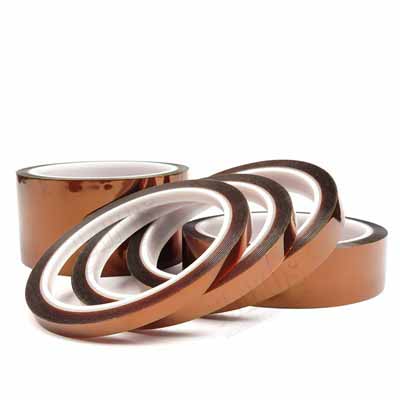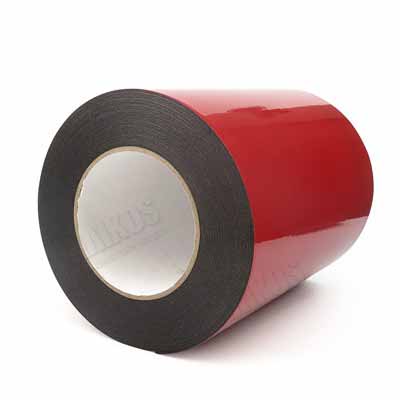Insulating tape refers to the tape used by electricians to prevent leakage and provide insulation.
Production process: It is made of polyvinyl chloride film as base material and coated with rubber pressure-sensitive adhesive.
Insulated rubber tape refers to the tape used by electricians to prevent leakage and provide insulation. Also called insulating tape, tape, consisting of a base tape and a pressure-sensitive adhesive layer. The base tape is generally made of cotton cloth, synthetic fiber fabric, plastic film, etc. The adhesive layer is made of rubber and tackifier resin and other additives, which has good adhesion and excellent insulation performance. The insulating tape has good insulation and pressure resistance, flame retardant, weather resistance and other characteristics, suitable for wire connection, electrical insulation protection, and other characteristics.
Insulating tape is widely used in electrical work such as bandaging, joints, insulation sealing of wires used under 380V voltage. There are two kinds of production processes: the rubbing method and the coating method. Production process: It is made of polyvinyl chloride film as base material and coated with rubber pressure-sensitive adhesive.
In the process of using electricity, although people have noticed that the size of the cross-sectional area of the power cord material has an impact on the safe use of electricity, they often pay insufficient attention to the use of insulating tape for connectors. Now power lines are laying more and more complicated, under wooden floors, in walls, in partitions, and in wet underground or water. If the insulating tape is used improperly, electrical leakage will occur and endanger personal safety. Therefore, we must use insulation tape correctly. The power cord connector is divided into "+" word connection method, "-" word connection method, "T" word connection method and so on. The connector should be entangled, smooth and free of burrs. Otherwise, before the wire head is disconnected, it should be pressed gently with wire pliers, and then wound around the pressure port, and then swing left and right, the wire head will be cut off at the joint very comfortably. If the joint is in a dry place, firstly wrap two layers of insulating black tape, then wrap two layers of plastic tape, and then stretch about 200% with insulating self-adhesive tape, wrap two to three layers, and finally wrap two layers of plastic tape.
There are many disadvantages to using plastic tape directly: plastic tape is prone to misplacement and glue opening for a long time; when the electrical load is heavy, the connector is heated, and the plastic tape is easy to melt and shrink; the power connector is squeezed against each other in the junction box, and the connector has burrs, which is easy. Injury plastic tape, etc.
These hidden dangers will directly endanger personal safety, cause short circuits, and cause a fire. The above situation does not occur when using insulating black tape. It has certain strength and flexibility, can be wrapped around the joint for a long time, and is compacted and shaped by the influence of time and temperature. Furthermore, it can be protected from moisture and rust by wrapping it with insulating black tape and wrapping it with plastic tape.
Of course, the insulating self-adhesive tape also has defects. Although it has good waterproof performance, it is easy to break, so it is necessary to wrap two layers of plastic tape as a protective layer.




